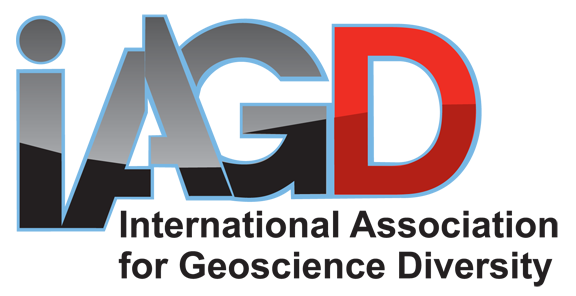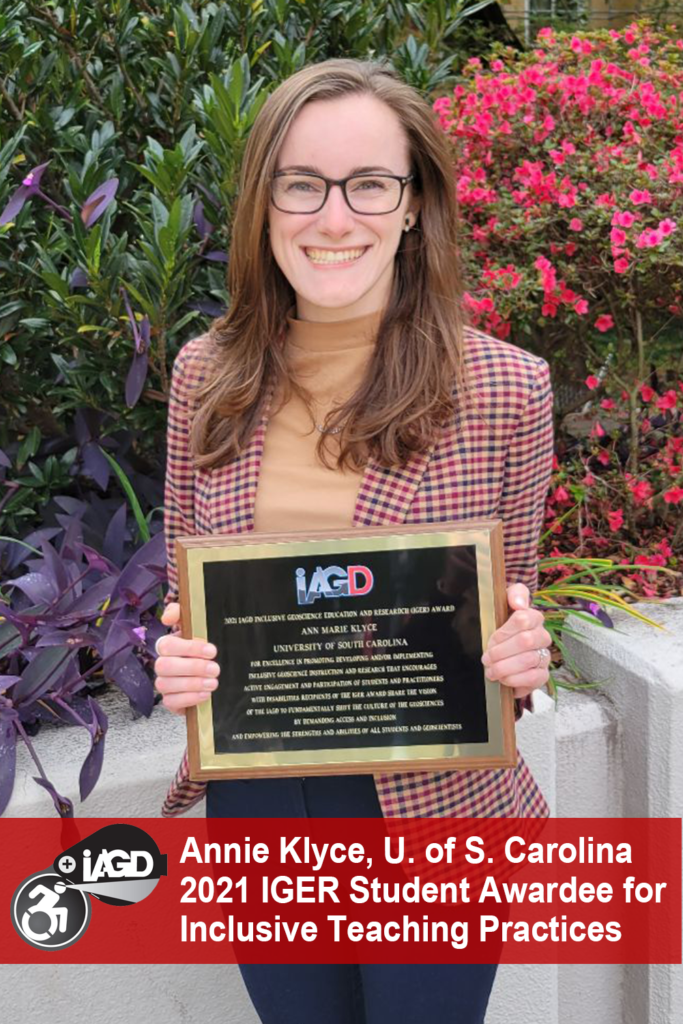Washington, DC – In a public briefing at the American Association for the Advancement of Science (AAAS), the President’s Council of Advisors on Science and Technology (PCAST) released a report that describes a desperate need to increase graduates in Science, Technology, Engineering, and Mathematics (STEM) programs. While the report is strong, it misses the mark on identifying pathways to adequately produce graduates from underrepresented groups, including students with disabilities. This is not entirely negative, however, as this strengthens the fact that underrepresentation needs to be addressed, and thus creates a solid opportunity to develop and promote pathways of accessibility and inclusion in STEM programs for students with disabilities.
The following is an excerpt from the 2012 PCAST report: “ENGAGE TO EXCEL: PRODUCING ONE MILLION ADDITIONAL COLLEGE GRADUATES WITH DEGREES IN SCIENCE, TECHNOLOGY, ENGINEERING, AND MATHEMATICS”
In the United States, fewer than 40% of the students who enter college with the intention of majoring in a STEM field complete a STEM degree. Most of the students who leave STEM fields switch to non-STEM majors after taking introductory science, math, and engineering courses. Many of the students who leave STEM majors are capable of the work, making the retention of students who express initial interest in STEM subjects an excellent group from which to draw some of the additional one million STEM graduates. Research on the exodus from STEM disciplines shows that many students who transfer out of STEM majors perform well, but they describe the teaching methods and atmosphere in introductory STEM classes as ineffective and uninspiring. Others do not perform well despite interest and aptitude and would benefit from alternative teaching methods, tutoring, or other experiences demonstrated to improve performance in STEM subjects. Merely increasing retention from 40% to 50% would translate to an additional 72,500 STEM degrees per year, comprising almost three-quarters of the 1 million additional STEM graduates needed over the next decade.
Although women and members of minority groups now constitute approximately 70% of college students, they are underrepresented among students receiving undergraduate degrees in STEM subjects (approximately 45 percent). These students are an “underrepresented majority” that must be part of the route to excellence. Members of this group leave STEM majors at higher rates than others and offer an expanding pool of untapped talent. Some campuses have shown that differences in performance and retention between traditional STEM majors and members of the underrepresented majority can be reduced substantially by several simple changes in campus or classroom practices (e.g., see Appendices F and G). The underrepresented majority is a large underutilized source of potential STEM professionals and deserves special attention.
To read the entire report, visit PCAST 2012 Report





